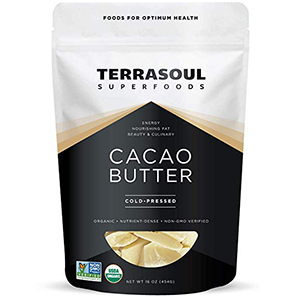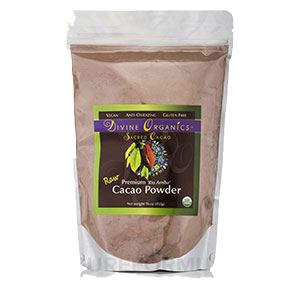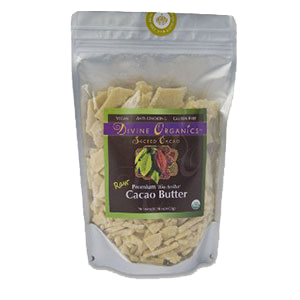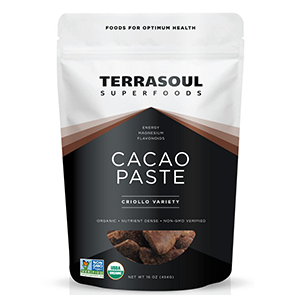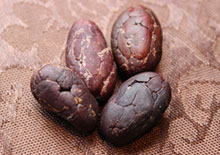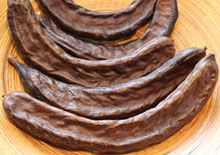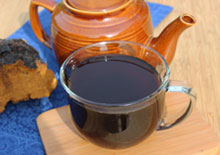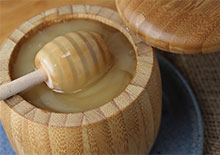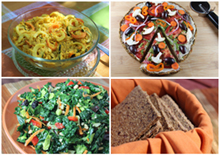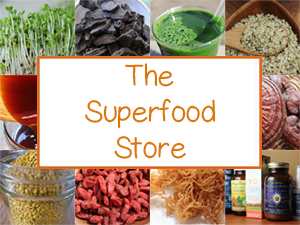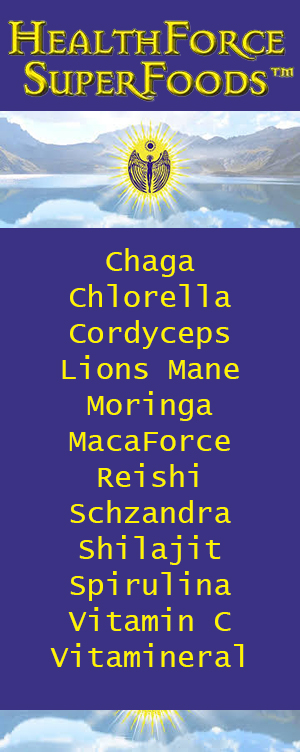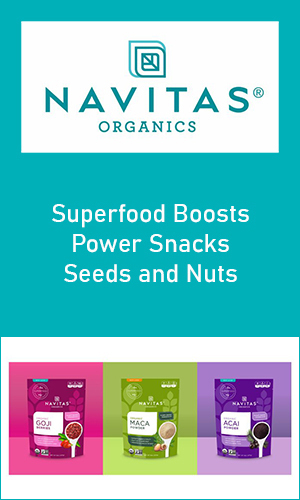Cacao Recipes, Using Raw Chocolate for Superfood Desserts

Making homemade cacao recipes are a great way to use fresh raw cacao, the bean that all chocolate originates from. This is the naturally fermented and dried cacao "nut or seed" that comes from the Theobroma cacao tree. The skins are usually removed from the bean and sold as a peeled whole bean or crushed to make raw cacao nibs, cacao paste, cacao powder and cacao butter.
Dark chocolate these days is given a lot of attention for its antioxidant content, but cacao is even better and many steps up from a nutritional standpoint over most "cocoa" products made from highly heated and refined low-grade cocoa liquor.
According to an article published in the New York Times, "Fresh cocoa beans are far richer in flavonol -- about 10,000 milligrams per 100 grams, or about seven tablespoons -- than processed chocolate products." Most processed dark chocolate is commonly concentrated in around 500 milligrams per 100 grams flavonol antioxidants.
If your going to make a cacao recipe, why not use the best of the best, real raw living nutrient-rich cacao beans.
Because of raw chocolate’s low temp fermentation, drying and processing
techniques, many more nutritional components are made available,
providing for higher levels of immune boosting antioxidants but also
mood elevating neurotransmitters like anandamine, serotonin, and
phenylethylamine (PEA).

Some of these compounds act as aphrodisiacs and encourage feelings of euphoria that are known to "open the heart." This is one of the reasons chocolate is celebrated around the world as a symbol of love and passion.
"There is something about chocolate; there is something in chocolate; there is something we know about chocolate that is beyond touch, taste, and tantalizing sensation. The essence of chocolate is truly indescribable ineffable, inexpressible." David Wolfe
In addition to a higher nutrient content, the rich and robust flavors of raw unadulterated chocolate are unmatched by any commercially processed variety available. Cacao beans can be purchased as unpeeled whole beans that look a little bit like almonds, and stored for later use as freshly ground cacao in dessert recipes.
Purchasing High Quality Organic Fair Trade Cacao
For more on the differences between cacao and cocoa, visit our cacao vs cocoa page.
It is very important to always avoid any chocolate products coming from West Africa, especially the Ivory Coast and parts of Ghana. Cacao plantations in these regions have been flagged by the International Labor Organization for providing extremely unhealthy work conditions in addition to implementing the inhumane use of young children in their farming practices. It is therefore important to purchase from companies who are certified Fair Trade or are grown in a sustainable manner by local cacao producing communities.
We recommended using high quality organic heirloom varieties, like Arriba Nacional, from either Peru or Ecuador.
Types of Cacao Used in Cacao Recipes
1) Cacao Beans
Cacao beans are the fermented and dried whole bean or nut of the cacao pod. They are available peeled or unpeeled. We actually prefer the unpeeled version for added whole food fiber. The peel also protects the quality of the bean for a longer period of time when stored, preserving its nutritional qualities. In many of our cacao recipes we freshly grind the beans in a high speed blender. We encourage you to do the same for, not only higher nutrient content, but also for the rich full-bodied flavor that results.
2) Raw Cacao Nibs
Raw cacao nibs are little pieces of cacao that are the product of lightly crushing the whole peeled bean. They are a more convenient way to use cacao and still maintain some of its taste as well as nutritive value. The nibs blend up well in shakes and add a crunch to any dessert as a topping or ingredient. The nibs can also be used as a second best option to grinding the fresh whole bean.
3) Cacao Powder
The cacao powder is made by taking the fat and oil content out of the cacao paste and grinding it into a fine powder. Because of this, it is more concentrated in theobromine but lower in calories. Cacao powder has a smoother texture than the ground beans or nibs and is most appropriate for use in frostings or pudding-type desserts. It can also be used as an alternative to freshly grinding your own beans or nibs, but it is less nutritious and not as flavorful in our opinion.
4) Cacao Paste
Cacao paste is like using baker's chocolate. Although commonly referred to as "paste", it actually looks like hard condensed chocolate. It is dark, unsweetened and easy to melt at low temperatures and incorporate into recipes, especially when making raw chocolate bars. It is essentially the whole peeled cacao bean ground into a paste-like texture and then hardened and sold in chunks or as bars.
5) Cacao Butter
Cacao butter is the whitish-colored solidified oil that results from pressing ground cacao beans into a paste and extracting all of the fat and oil content. This fat is melted at low temperatures and poured into a mold. When it cools it becomes a solid that is usually sold in bars or chunk-like pieces. The saturated fat content in cacao butter is primarily stearic and palmitic acids, two healthy fats that have neutral effects on cholesterol levels.
Our Cacao Recipes
Here are a few cacao recipes to get you started using these different types of cacao. Commonly, we use blends of the ground beans, powder and butter.
Fudge Brownie Recipe
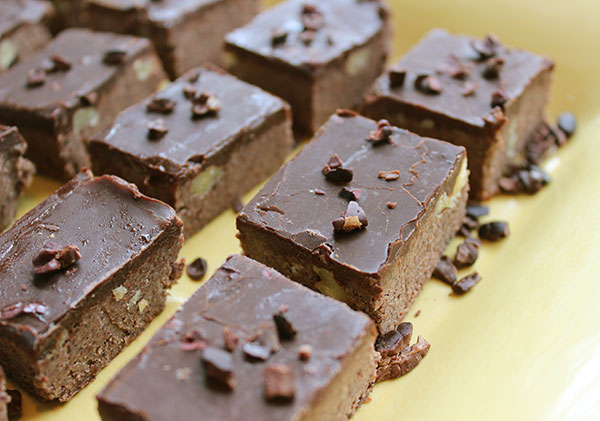
This is our super delicious fudge brownie recipe that blends the creaminess of coconut meat and pili nuts together with the rich taste of freshly ground cacao beans creating one decadent confectionery treat. Our recipe can be served as a fudge brownie or cut up into rectangular fudge pieces for those of you who like to limit your indulges to bite size amounts. They are an energy filling fuel source high in raw plant fats, so a little bit goes along way calorie-wise.
Raw Chocolate Coconut Cream Pie
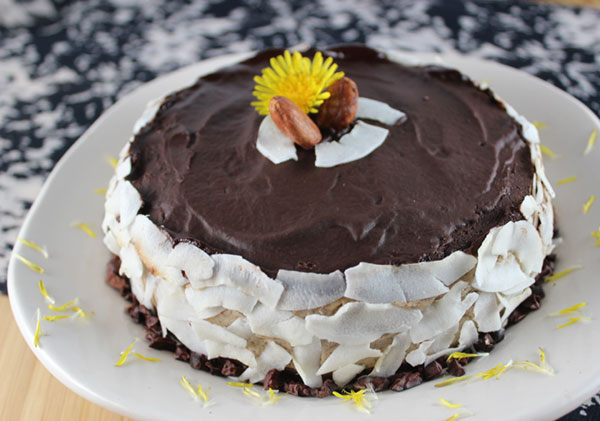
This is our raw chocolate coconut cream pie recipe made with a top and bottom layer of raw dark chocolate utilizing freshly ground cacao beans as well as raw powder. The creamy coconut pie filling is made with dried coconut, cashews and chia seeds. This recipe actually came about when we didn't happen to have fresh coconut meat and successfully created a cream pie using the dried variety. This recipe also blends in a heaping tablespoon or two of ashwagandha powder for an added superfood boost.
Raw Chocolate Milk

Our homemade chocolate milk recipe, created using an herbal nut milk made with a base of cooled tonic tea, is an "almost raw" 100% vegan cacao recipe. It contains a few superfood favorites plus a delicious blend of herbs and spices helpful for delivering nutrient essentials. It is an especially refreshing cold drink to enjoy on a hot summers day after a hike or workout session. We also share how to alter this recipe to make fudgsicles for a frozen chocolate treat that the whole family can enjoy.
Raw Chocolate Bars

These raw chocolate bar recipes are what most people refer to "freezer chocolate", which is a quick and easy way to make homemade chocolate bars without having to temper the cacao ingredient. It is our favorite way to make it and is especially appropriate if you tend to eat it about 15-30 minutes after removing it from the fridge or freezer. Our basic raw chocolate recipe is created using only five simple ingredients and produces a creamy smooth chocolate bar that nicely embodies the deep rich flavors of pure raw cacao. Our other two recipes incorporate different sweeteners, superfoods and types of cacao bean.
Raw Chocolate Cake
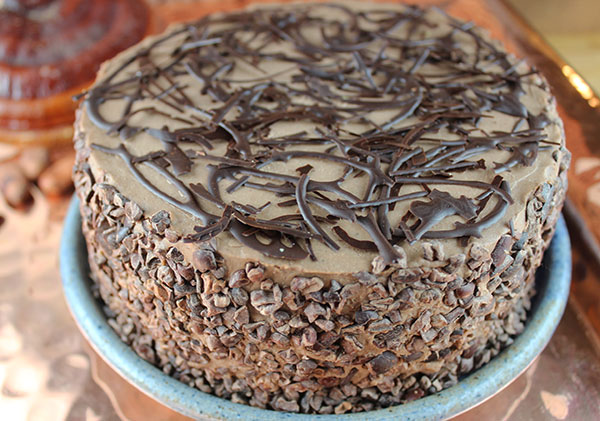
This is a raw chocolate cake recipe we typically make for special occasions and celebratory events. It is especially chocolatey rich and calorie dense and designed to be consumed in small amounts. Made with freshly ground whole cacao beans, cacao powder, cacao butter, walnuts and the famous reishi mushroom, this decadent treat is worth the little bit of time and effort needed to create it.
Sacred Cacao Use
It is our opinion that cacao is one of those foods that should be used with reverence and respect and not over-consumed or used on a regular basis. Despite its relatively low theobromine and caffeine content, some people can be particularly sensitive, especially when eaten in excess. It is often best to reserve it for special occasions in cacao recipes or as a spiced herbal elixir as was customary in ancient times.
Using Cacao with Superfoods
One of the significant benefits of cacao is that its actions help to deliver and activate other superfoods, tonics and medicinal mushrooms. So when it is used in desserts and recipes, it can help to enhance the effects of these superfood ingredients.
Using Carob Instead of Cacao
Another alternative to using cacao is substituting carob powder instead, which can be used in the same proportions in all of the recipes above. Sometimes we also add in some carob when using cacao because it is particularly high in calcium and provides a nice balance to cacao's high magnesium content.
Precaution:
Avoid cacao consumption if you have a sensitivity to chocolate which may cause allergic reactions like skin rashes or migraines. Limit use when pregnant or breastfeeding. It is best not to eat cacao if you have parasites or candida overgrowth.
Shop Related Products (About Affiliates & Amazon Associate Paid Links)
Affiliate Disclaimer: This section contains affiliate product links. If you make a purchase through our recommended links, we receive a small commission at no additional cost to you. Thanks for the support.




